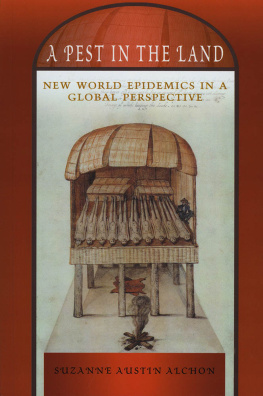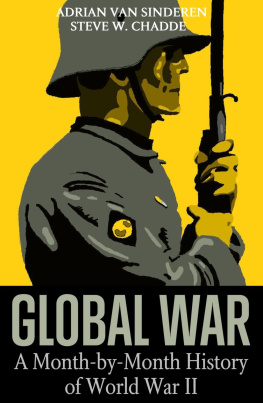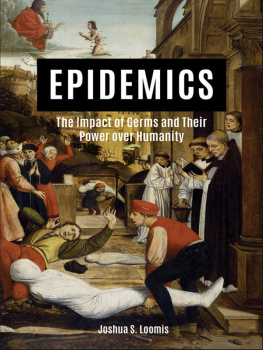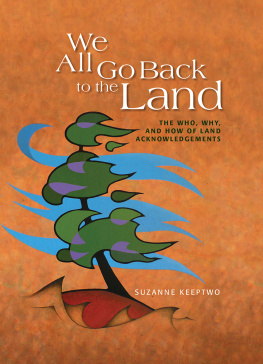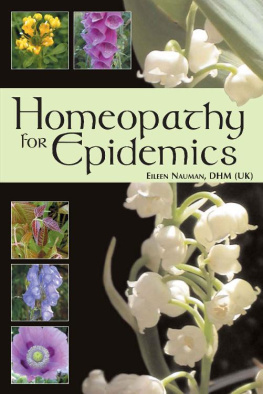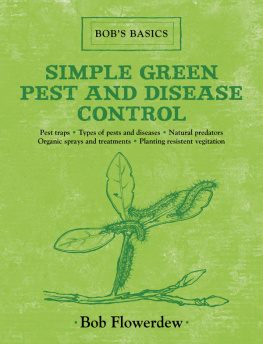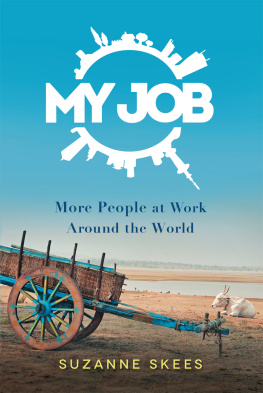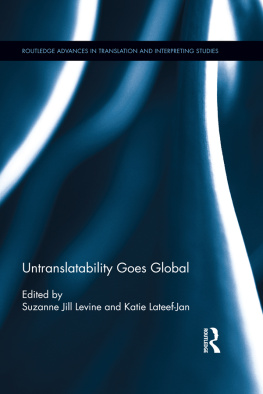A Pest in the Land
A series of course adoption books on Latin America:
Independence in Spanish America: Civil Wars, Revolutions, and Underdevelopment (revised edition)
Jay Kinsbruner, Queens College
Heroes on Horseback: A Life and Times of the Last Gaucho Caudillos
John Chasteen, University of North Carolina at Chapel Hill
The Life and Death of Carolina Maria de Jesus
Robert M. Levine, University of Miami, and Jos Carlos Sebe Bom Meihy, University of So Paulo
The Countryside in Colonial Latin America
Edited by Louisa Schell Hoberman, University of Texas at Austin, and Susan Migden Socolow, Emory University
Que vivan los tamales! Food and the Making of Mexican Identity
Jeffrey M. Pilcher, The Citadel
The Faces of Honor: Sex, Shame, and Violence in Colonial Latin America
Edited by Lyman L. Johnson, University of North Carolina at Charlotte, and Sonya Lipsett-Rivera, Carleton University
The Century of U.S. Capitalism in Latin America
Thomas F. OBrien, University of Houston
Tangled Destinies: Latin America and the United States
Don Coerver, TCU, and Linda Hall, University of New Mexico
Everyday Life and Politics in Nineteenth Century Mexico: Men, Women, and War
Mark Wasserman, Rutgers, The State University of New Jersey
Lives of the Bigamists: Marriage, Family, and Community in Colonial Mexico
Richard Boyer, Simon Fraser University
Andean Worlds: Indigenous History, Culture, and Consciousness Under Spanish Rule, 15321825
Kenneth J. Andrien, Ohio State University
The Mexican Revolution, 19101940
Michael J. Gonzales, Northern Illinois University
Quito 1599: City and Colony in Transition
Kris Lane, College of William and Mary
SERIES ADVISORY EDITOR: LYMAN L. JOHNSON,
UNIVERSITY OF NORTH CAROLINA AT CHARLOTTE
A Pest in the Land
NEW WORLD EPIDEMICS IN A GLOBAL PERSPECTIVE
Suzanne Austin Alchon
For my parents,
Hadley Warner Austin and Elizabeth Coombs Austin,
and my daughter,
Lilla Aime Austin Alchon
ISBN for this digital edition: 978-0-8263-2872-4
2003 by the University of New Mexico Press
First edition
All rights reserved.
The Library of Congress has catalogued the printed edition as follows:
Alchon, Suzanne Austin.
A pest in the land : new world epidemics in a global perspective / Suzanne Austin Alchon. 1st ed.
p. cm. (Dialogos series)
Includes bibliographical references and index.
ISBN 0-8263-2870-9 (cloth : alk. paper) ISBN 0-8263-2871-7 (pbk. : alk. paper)
1. Medical geographyLatin America. 2. EpidemiologyLatin America.
3. Communicable diseasesLatin AmericaHistory. I. Title.
II. Series: Dialogos (Albuquerque, N.M.)
RA792.A436 2002
614.4'2'098dc21
2002151378
Design: Melissa Tandysh
Contents
List of Illustrations
Maps
Figures
Cover illustration: Indian Charnel House. (Painting by John White, 1585, British Museum, London)
Tables
Acknowledgments
The idea for this book originated with Professor Lyman Johnson, fellow Latin American historian and series advisory editor for Dilogos. Throughout the process of conceptualizing and writing, Lyman has been unfailing in his encouragement, insightful in his suggestions, thorough in his editing, and generous in his praise. In addition, I am also indebted to David Holtby, editor in chief of the University of New Mexico Press, for his ongoing support of this project. The staff of the Morris Library of the University of Delaware, and in particular those individuals in the interlibrary loan office, deserve special praise for helping me track down many an obscure reference. In addition, I wish to thank Shelly McCoy for sharing her invaluable knowledge of mapping technology. Special thanks also go to my friend and colleague Professor Ray Nichols, who came to the rescue when I was faced with what seemed to me the insurmountable task of digitizing the images used in this book. Most recently, Karen Taschek has been both patient and thorough in copyediting the manuscript. Finally, I want to thank Thomas M. DiLorenzo, colleague and friend, for his enthusiastic support of this project.
Introduction
We always want to believe that history happened only to them, in the past, and that somehow we are outside history, rather than enmeshed within it. Many aspects of history are unanticipated and unforeseen, predictable only in retrospect.... Yet in one vital area, the emergence and spread of new infectious diseases, we can already predict the futureand it is threatening and dangerous to us all.... The history of our time will be marked by recurrent eruptions of newly discovered diseases.
Laurie Garrett, The Coming Plague
Many of us who live in the United States at the beginning of the twenty-first century often forget that we remain as vulnerable to the emergence and spread of new infectious diseases as all other human populations, past and present. That we have lost sight of this central fact of human existence reveals much about our misplaced confidence in the medical profession and our seemingly boundless optimism regarding the development of medical technologies and drug therapies. But in her book The Coming Plague, medical writer Laurie Garrett argues persuasively that our confidence and optimism are sheer hubris and that, in fact, modern technologies and the rapid worldwide movement of people only facilitate the transfer of diseases from one region to another and increase the likelihood of the appearance of new infectious illnesses. One has only to look at the recent outbreaks of Bolivian hemorrhagic fever, Lassa fever, Ebola, and acquired immune deficiency syndrome (AIDS) to realize that the evolutionary relationship between humans and disease-causing organisms continues unabated.
In addition to these new threats, even as the twenty-first century begins, a host of infectious diseases long known to human populations continues to exact a heavy toll: in 1993 measles infected 45 million worldwide, killing 1.2 million children. That same year, the World Health Organization reported 600,000 new cases of leprosy. All told, in 1993, communicable diseases, most of them with centuries-long histories among human communities, claimed the lives of some 20 million individuals around the world. While the vast majority of these deaths occurred in Asia, Africa, the Middle East, and Latin Americathat is, among the poor of the so-called developing worldto those of us living in the industrialized nations of the West, these statistics are yet another powerful reminder that our complaisance is at best misplaced.
Since ours is but the most recent chapter in the ongoing history of humans and infectious disease, it is instructive to look back at other periods when the relationship between people and pathogens was particularly volatile. For such an example, one need look no farther than the Age of European Exploration, when, beginning in the fifteenth century, Portuguese voyages along the African coast inaugurated a period of global exploration and massive human migrations, both forced and voluntary, that has only accelerated until the present time. This is a book about the timeless and universal nature of the human experience with disease. It argues that all human populations respond to their initial encounters with lethal infections in largely the same waywith high morbidity (illness) and mortality (death) ratesand that as such, the history of disease among the native peoples of the New World, both before and after 1492, closely resembled the experiences of human populations in the rest of the world. Thus it challenges the widely held notion of New World exceptionalism, the belief that the experiences of native Americans with newly introduced diseases were more disastrous than those of Old World populations. This study also disputes popular images of a New World paradise, free of disease, hunger, and violence until germ-laden, rapacious Europeans began arriving on American shores after 1492. While these romantic notions have fueled the fantasies of many over the centuries, there is no evidence to support this interpretation; in fact, what evidence does exist clearly indicates that native Americans died as a result of disease, famine, and violence at rates similar to those experienced by their counterparts in the Old World. Furthermore, not only does rhetoric portraying an American Garden of Eden misrepresent reality, it does a great disservice to native Americans, both past and present. Romanticizing the lives of indigenous Americans reinforces a condescending paternalism and fosters a sort of reverse racism according to which, before 1492, the indigenous inhabitants of the New World lived in blissful harmony with one another and their environment,





